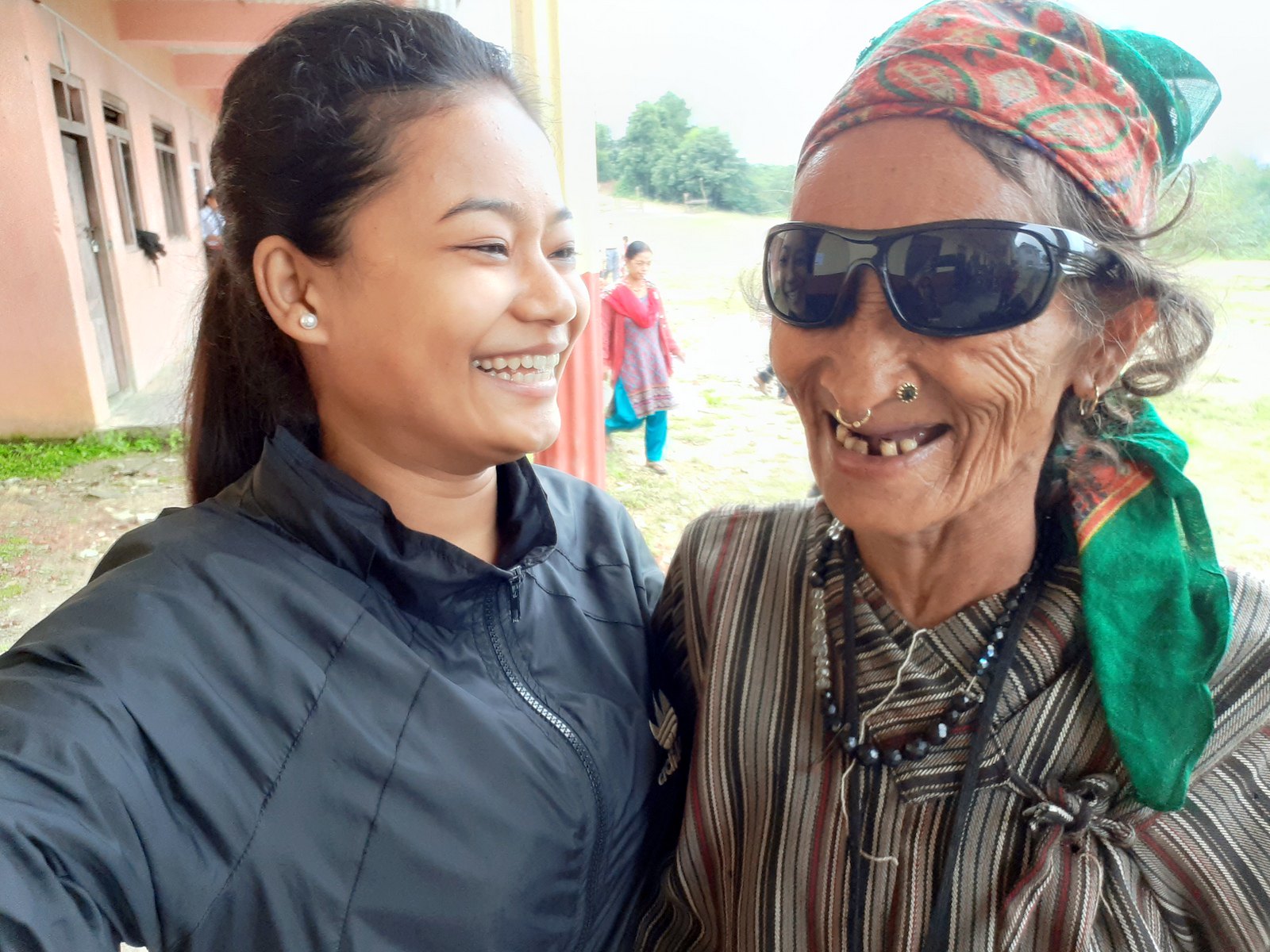© Rajan Shrestha
The Rapid Assessment of Avoidable Blindness (RAAB) is the major contributor to national and international estimates of magnitude and causes of vision impairment and avoidable blindness. A recent RAAB survey conducted in Nepal has outlined the prevalence and causes of vision impairment among people 50 years and older. RAAB surveys take a sample of the population of an area to provide estimates of the sight loss experienced there.
Nepal undertook its first national survey in 1981, with further regional surveys up to 2010. In this latest survey, 32,565 people were enrolled, across the seven provinces of the country between 2018 and 2021.
The study found that 1.1% of people were blind, with more women (1.3%) than men (0.9%) experiencing blindness. The highest prevalence was in Lumbini Province (1.8%), and lowest in the Bagmati and Sudurpaschim Provinces (0.7% each).
Cataract was the leading cause of blindness (65.2%) followed by corneal opacity (6.4%), glaucoma (5.8%) and age-related macular degeneration (5.3%).
Twenty-point seven percent of people had any form of vision impairment, with cataract causing 83.9% of severe vision impairment and 66.8% of moderate vision impairment. Refractive error caused 66.5% of mild vision impairment.
Blindness prevalence was lower than in recent surveys in neighbouring countries such as Bangladesh, Tibet, Tripura state of India and Lahore (Pakistan). The authors note that Nepal has achieved relatively good control of blindness due to inter-sectorial coordination between government, non-governmental, and private sectors, help from international agencies, and an emphasis on primary eye care and outreach.
Blindness and vision impairment being higher in women was also consistent with other surveys in the South Asia region. Non-trachomatous corneal opacity (6% of bilateral blindness) was a significant issue, reflecting that ocular trauma and corneal infection are common due to outside labour and agricultural work.
Together the findings summarize the current magnitude and causes of blindness in Nepal for a representative population.
Publication
Mishra SK, Shah R, Gogate P, Sapkota YD, Gurung R, Shrestha MK, et al. Prevalence and causes of blindness and vision impairment among people 50 years and older in Nepal: A national Rapid Assessment of Avoidable Blindness survey. PLOS ONE. February 2025. https://doi.org/10.1371/journal.pone.0309037

